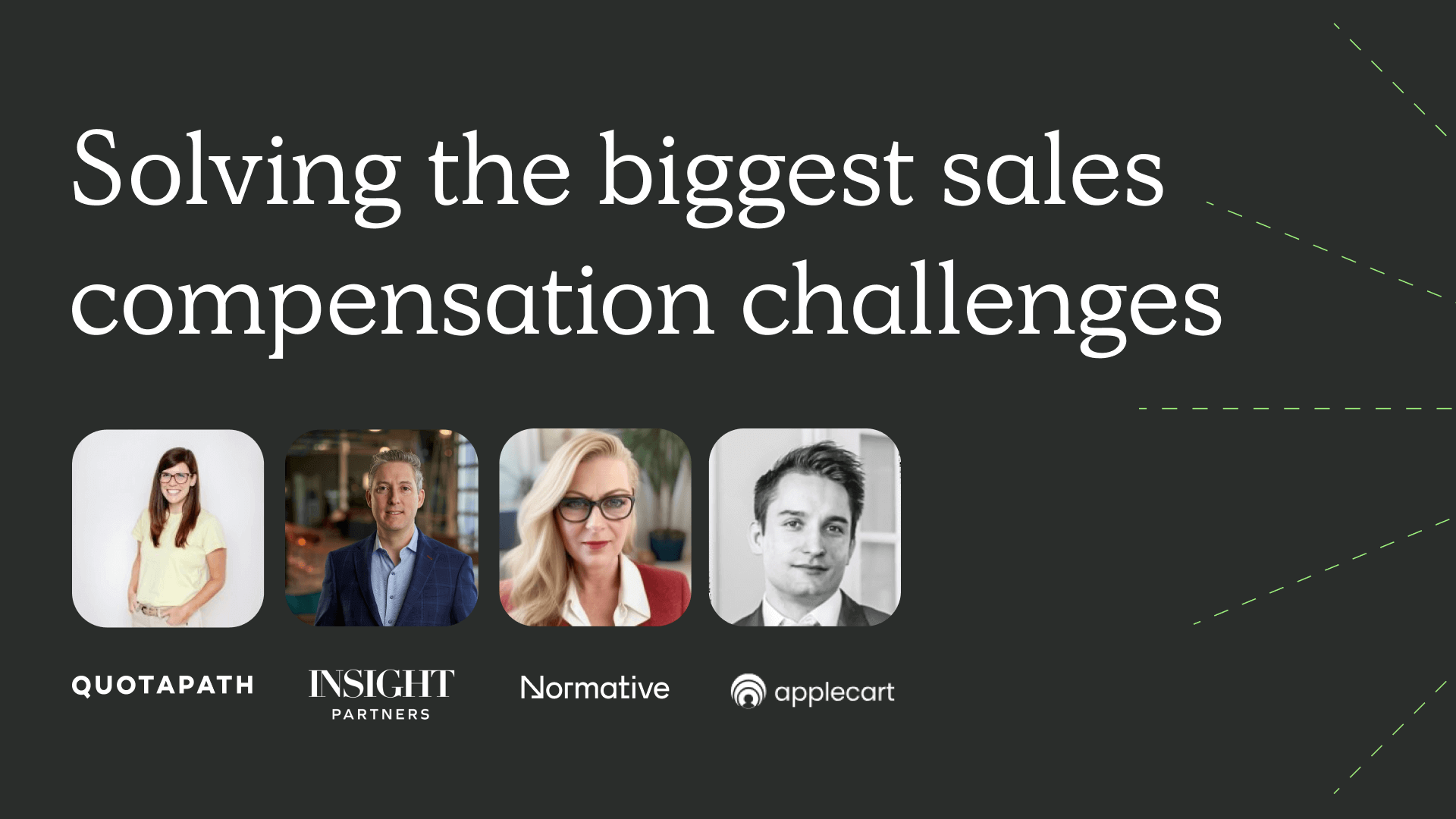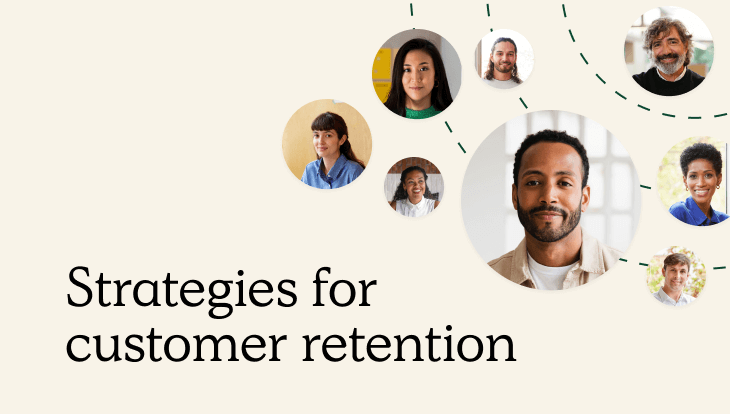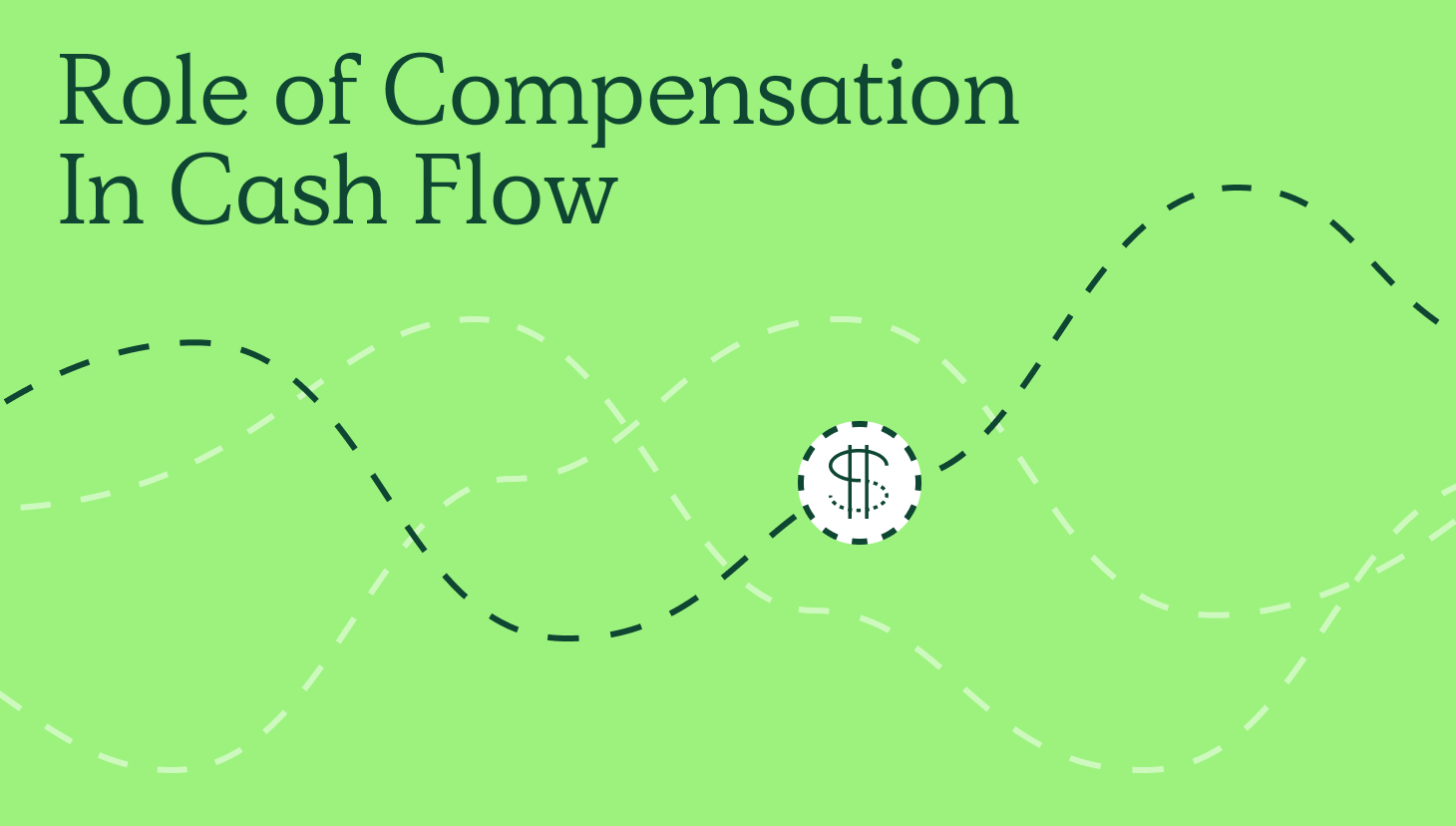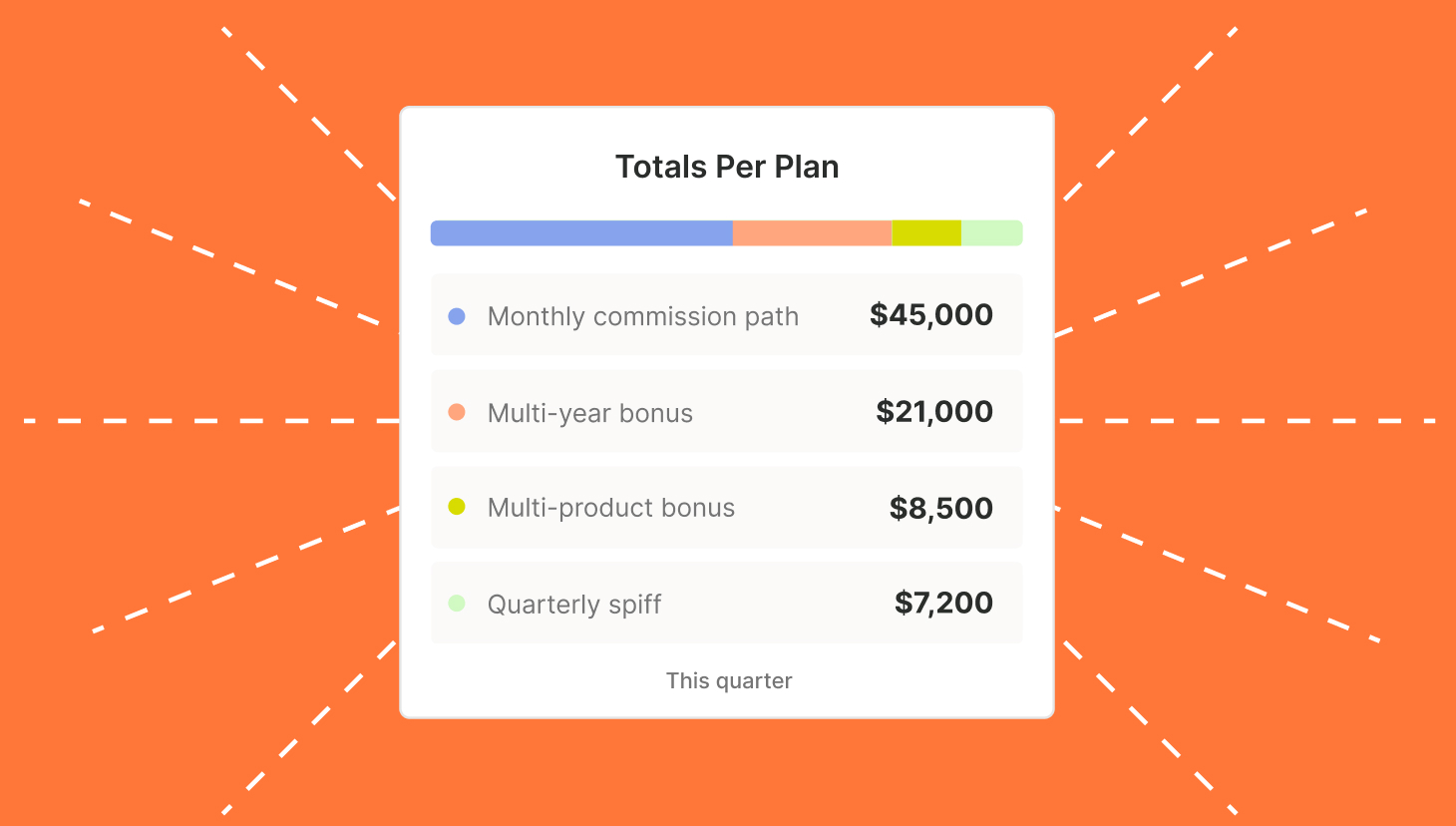As the dust settles and we reflect on the ups and downs of 2023, one thing remains crystal clear: effective customer retention strategies marked one of the hottest topics.
Following a year characterized by economic uncertainty and intensified competition, businesses realized that retaining existing customers is not just a good idea; it’s one of the most critical metrics to ensure company longevity.
The numbers speak for themselves.
Studies show that acquiring a new customer can cost five times more than retaining an existing one. Moreover, loyal customers spend more, are more likely to advocate for your brand within their professional networks and communities, and can even help attract new customers.
Additionally, with a 2023 fundraising market valuing “efficiency” over “growth,” customer retention allows organizations to forecast the financial model better than the unpredictability of relying on new business.

Webinar: Results of the 2024 Sales Compensation Report
In this webinar expert panelists review key findings from the report and offer best practices to avoid similar challenges around comp plan design, compensation management, and aligning plans to biz objectives.
Watch NowWe saw businesses prioritize retention strategies last year like:
- Building stronger customer relationships through active listening, personalized communication, and exceeding expectations at every touchpoint
- Creating data-driven insights to identify at-risk customers and proactively address their concerns
- Prioritizing (and incentivizing) multi-year renewals
- Shifting the role of the Customer Success Manager from a service mindset to one focused on retention and upsells
- Optimizing the customer journey by streamlining processes and removing friction points to ensure a seamless customer experience.
- Increased attention to net promoter scores, review sites, and community referrals
But as Big Tech rallies back, will retention reign supreme again as the most precious business objective?
So far, it seems likely.
Just last week, on a webinar in partnership with RevOps Co-Op, four leaders shared the key areas they’re focused on this year.
And guess what they all shared in common?
Ensuring customers re-up their contracts upon seeing value fast.
“How do you make sure your customers love your product to continue to keep your tech in their tech stack?” said Go Nimbly CEO Jen Igartua, speaking to delivering fast time-to-value. “Finally, teams are having the a-ha moment of ‘Okay, we need to make sure we’re keeping our customers happy.”
QuotaPath VP of RevOps Ryan Milligan added that to help our team rally around net revenue retention (NRR), our north star metric is a specific action customers take in our product. This action helps customers realize value quickly once QuotaPath is implemented, which enhances the chances of an early renewal commitment.
Rosalyn Santa Eleana, Founder and CRO of The RevOps Collective, supports strategies for customer retention by investing in her customer success teams.
“We’re focused on customer value and helping our customers understand the return on investment before the renewal happens,” Rosalyn said. “From a RevOps perspective, we can help the CS team succeed in this NRR world by helping them identify white space. We’re good at books of new business but not as good as developing our existing business. RevOps can shift to this area of focus to enable the team to do better in these areas.”
What customer retention strategies is your team adopting this year?
For inspiration, check out the five below.
What are customer retention strategies?
Customer retention strategies are proactive actions businesses take to keep existing customers engaged and returning for more. This involves building positive relationships, exceeding expectations, and offering continuous value, often through:
- Personalization: tailoring experiences to individual needs and preferences.
- Loyalty programs: rewarding repeat purchases and engagement.
- Excellent customer service: proactively addressing issues and providing support.
- Community building: fostering connections and engagement between the brand and customers.
- Product and service enhancements: continuously innovating and improving offerings.
5 Customer Retention Strategies
5. Incentivize Retention
You could incentivize customer retention in two ways. The first is incentivizing your go-to-market team to rally around retention through tailored sales and account manager compensation plans. The second is incentivizing your customers to keep your services.
Incentivizing your team around retention
Traditional sales comp plans often prioritize new acquisitions, pushing for a “get it while it’s hot” mentality. But in today’s market, focusing solely on acquisition without nurturing existing relationships is a recipe for churn.
This is where incentivizing customer retention through your GTM team’s sales compensation plan comes in.
Here are a few strategies to consider:
1. Retention Bonus: Implement a separate bonus structure tied directly to customer retention metrics like renewal rates, net promoter score (NPS), or annual recurring revenue (ARR) growth.This rewards the team for actively nurturing existing relationships and preventing churn, sending a clear message about the importance of retention.
2. Early Renewal Bonus: Inspire your customer success teams to secure early renewals, which makes it easier to forecast retention, by offering a single-rate bonus applicable to every early renewal. The farther out the renewal, the bigger the bonus.
3. Multi-year accelerators: Apply multi-year accelerators on every new-business deal that signs for multiply years, as well as accelerated commission rates on renewals that convert from single-year contracts to multiple years.
Incentivizing the customer
This one is a little trickier, depending on your product and service. But one thing you could consider to drive retention is rewarding your customers for hitting usage milestones.Unlock tiered features based on usage milestones or reward long-term commitment with dedicated account managers and priority support. Make your contacts feel like C-Level VIPs and not just another subscription number.
For example, let’s say a marketing automation newbie unlocks advanced features after consistently hitting email campaign goals. Or, John, a loyal power user, enjoys a dedicated support line and personalized onboarding for new team members.
Show them it pays to stick around.
Test & Model Comp Plan Changes
Ready to add incentives tied to retention? Draft, test, and model compensation plan changes directly in QuotaPath to eliminate guesswork.
Learn More4. Leverage Data to Rank Renewal Probability
Another retention strategy involves analyzing user activity, feature adoption, and support interactions to reveal who’s on the verge of jumping ship.
“This helps flag accounts that fall out of that track,” said Ryan.
In doing so, you alert your team to reach out with targeted in-app prompts to offer assistance proactively, suggest relevant resources, or address potential roadblocks.
Example: Imagine John, a once-active project management user, suddenly stops logging in. An AI alert flags his declining activity, notifying the CSM. What’s more, a friendly in-app message offers a quick tutorial on a feature he hasn’t explored, reminding him of the platform’s potential.
These proactive nudges can bring him back into the fold and mark a career-defining project for RevOps professionals looking to make an impact.
3. Target Ideal Customer Profile (ICP) Accounts for New Biz
Ideal customer profiles, more commonly referred to as ICPs, were the talk of the tech town last year and will remain important in 2024.
ICPs embody shared patterns, behaviors and commonalities between accounts that see the most value from your product and are most likely to renew. They represent everything you seek in a long-term, profitable relationship.
Understanding your ICP is crucial for focusing your marketing, sales, and renewal efforts to drive business efficiency and profitability.
Here’s what goes into crafting your ICP:
1. Organization Demographics: Company size or stage, location, industry, etc.
2. Needs and Challenges: What are their pain points and goals? What problems does your product/service solve for them?
3. How do they make purchasing decisions? What channels do they use for research and discovery?
4. Values and Culture: What drives them? What are their company’s values and priorities?
5. Data and Market Research: Gather quantitative and qualitative data from existing customers, industry reports, surveys, and competitor analysis.
Use data to validate your assumptions and refine your ICP over time.
Remember to:
- Be specific and avoid overly broad descriptions.
- Focus on qualifying factors, not just demographics.
- Create multiple, nuanced ICPs if your target audience is diverse.
- Get buy-in from different departments for a holistic view.
- Regularly review and update your ICP as your market evolves.
2. Create Feedback/Product Requests Channel
Your CSM team likely shepherds many product requests and customer feedback from their ongoing customer calls.
However, if you have no system to manage and track these requests, this feedback will go nowhere. This leads to customers not feeling heard and, more importantly, a low chance of renewal.
Instead, give your users a platform to influence your product roadmap.
Set up dedicated feedback channels within your app – forums, surveys, chatbots – and actively solicit their input on features, workflows, and pain points. Log these.
That way, when you release a feature that resulted from customer feedback, your team can send a happy note that it’s now live — which also works well with closed/loss campaigns.
This is such an impactful way to make your customers feel heard.
1. Communicate regularly and often with Customers
Lastly, and this may be a “duh” strategy but communicate often and consistently with your customers.
Keep your users engaged with personalized in-app notifications, tactical blog posts, and relevant case studies. You can include these in monthly customer newsletters or by regularly arming your CS team with new content to send directly to their contacts (in addition to their monthly or quarterly calls).
Showcase new features, highlight success stories, and remind your customers of your platform’s ongoing value. Invite them to in-person and virtual events and host user-focused workshops to enhance learning and understanding of your product and build adoption.
The moral of this strategy is: Don’t be a stranger to your customers.
They should know who they contact for help, where to access resources, and when they can expect to hear from your organization.
Try QuotaPath for free
Try the most collaborative solution to manage, track and payout variable compensation. Calculate commissions and pay your team accurately, and on time.
Start TrialConclusion
Implementing these strategies and genuinely listening to your users will cultivate a loyal SaaS community that fuels your business growth. Remember, retention isn’t a one-time fix, it’s a constant conversation.
So keep the lines open, embrace these tactics, and get ready to get wild over retention.
About QuotaPath
QuotaPath is your sales compensation partner from comp plan design through commission payouts. We help leaders build, model, and measure the performance of overall sales compensation costs according to plans while delivering transparency and understanding to every commission stakeholder.
Learn more by scheduling time with our team.



